The side effects of thread embedding for weight loss are usually minor, but individual differences may lead to different reactions, such as local redness, mild pain, or risk of infection. By choosing formal medical institutions, postoperative care, and doctor guidance, the occurrence of side effects can be effectively reduced.
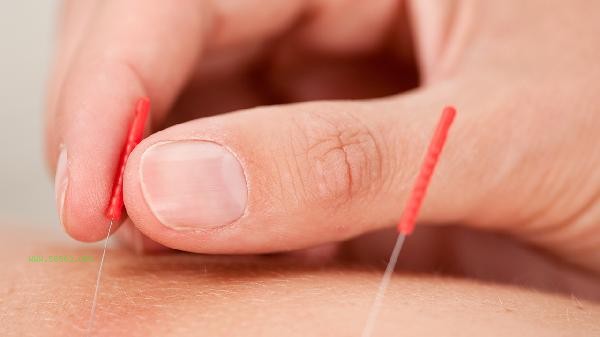
1. Local redness and swelling: Thread embedding for weight loss is achieved by implanting absorbable wires at specific acupoints to stimulate them, promote metabolism and fat breakdown. Some people may experience local redness and swelling after surgery, which is a normal response of the body to foreign objects. Generally, redness and swelling will subside on their own within 1-3 days. After surgery, ice compress can be used for relief, avoiding pressing or rubbing the buried wire area.
2. Mild pain: During the thread embedding process, there may be slight pain, especially for people who are sensitive to pain. The degree of pain varies from person to person and usually lasts for 1-2 days. Choosing experienced doctors to operate and using local anesthesia can effectively alleviate pain. Avoid strenuous exercise after surgery and keep the buried area clean.
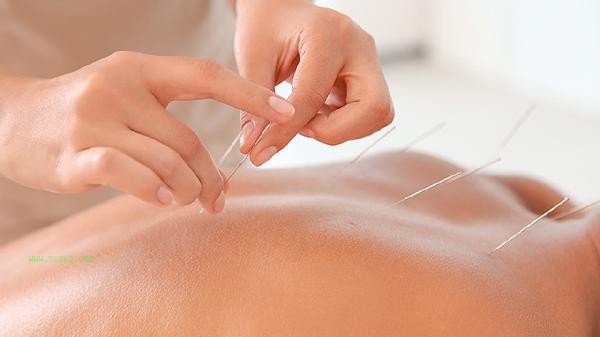
3. Infection risk: Thread embedding is a minimally invasive procedure, and improper operation or inadequate postoperative care may lead to infection. Choosing a reputable medical institution and ensuring a sterile operating environment are key to preventing infections. After surgery, pay attention to keeping the buried area dry and avoid contact with pollutants. If there is fever, persistent redness, swelling or purulent discharge, seek medical attention promptly.
4. Individual differences: Each person's constitution and tolerance are different, which may lead to different postoperative reactions. Some people may experience mild dizziness, fatigue, or decreased appetite, which are usually short-lived and can be relieved on their own. Having sufficient communication with the doctor before surgery to understand one's own health status and indications can help reduce adverse reactions.
5. Postoperative care: Postoperative care is crucial for reducing side effects. Avoid spicy and stimulating foods, consume more foods rich in vitamins and proteins to promote wound healing. Maintain moderate activity and avoid prolonged bed rest or vigorous exercise. Regular review, timely detection and handling of abnormal situations.
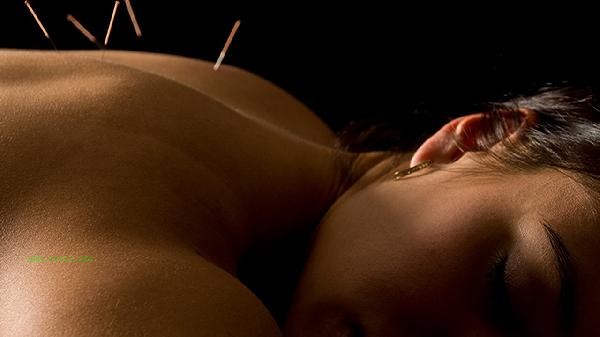
Thread embedding weight loss is a relatively safe weight loss method, with usually minimal and controllable side effects. Choosing a reputable medical institution, following doctor's advice, and postoperative care are key to reducing side effects. If there is an abnormal reaction, seek medical attention promptly to ensure the safe and effective achievement of weight loss goals.

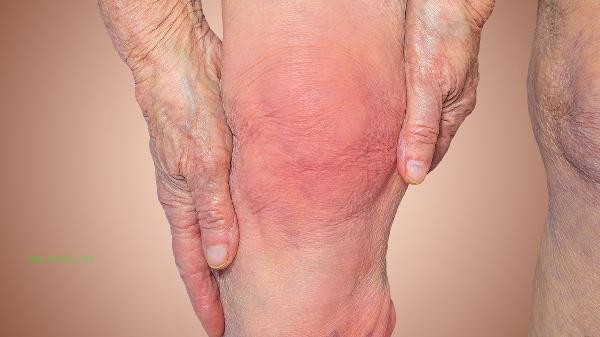
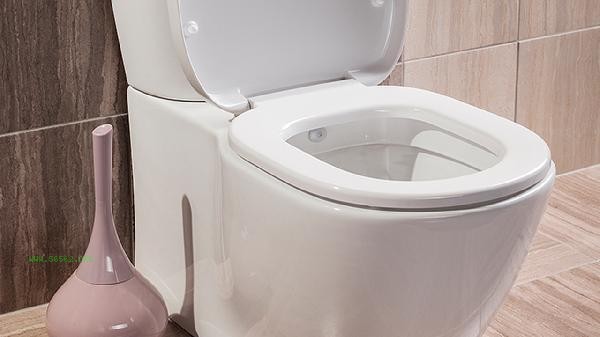
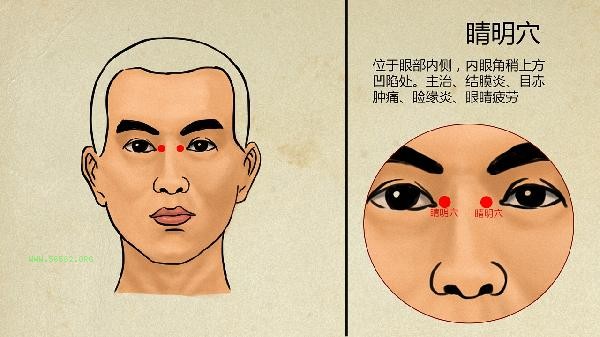

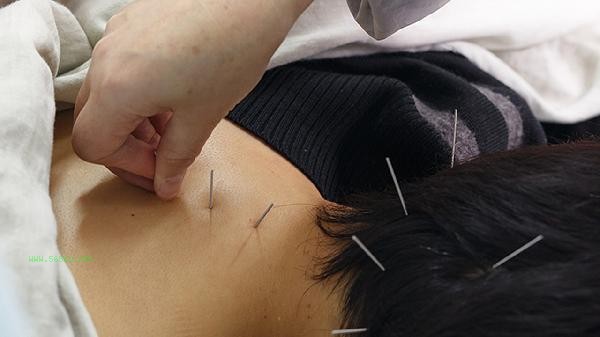


Comments (0)
Leave a Comment
No comments yet
Be the first to share your thoughts!